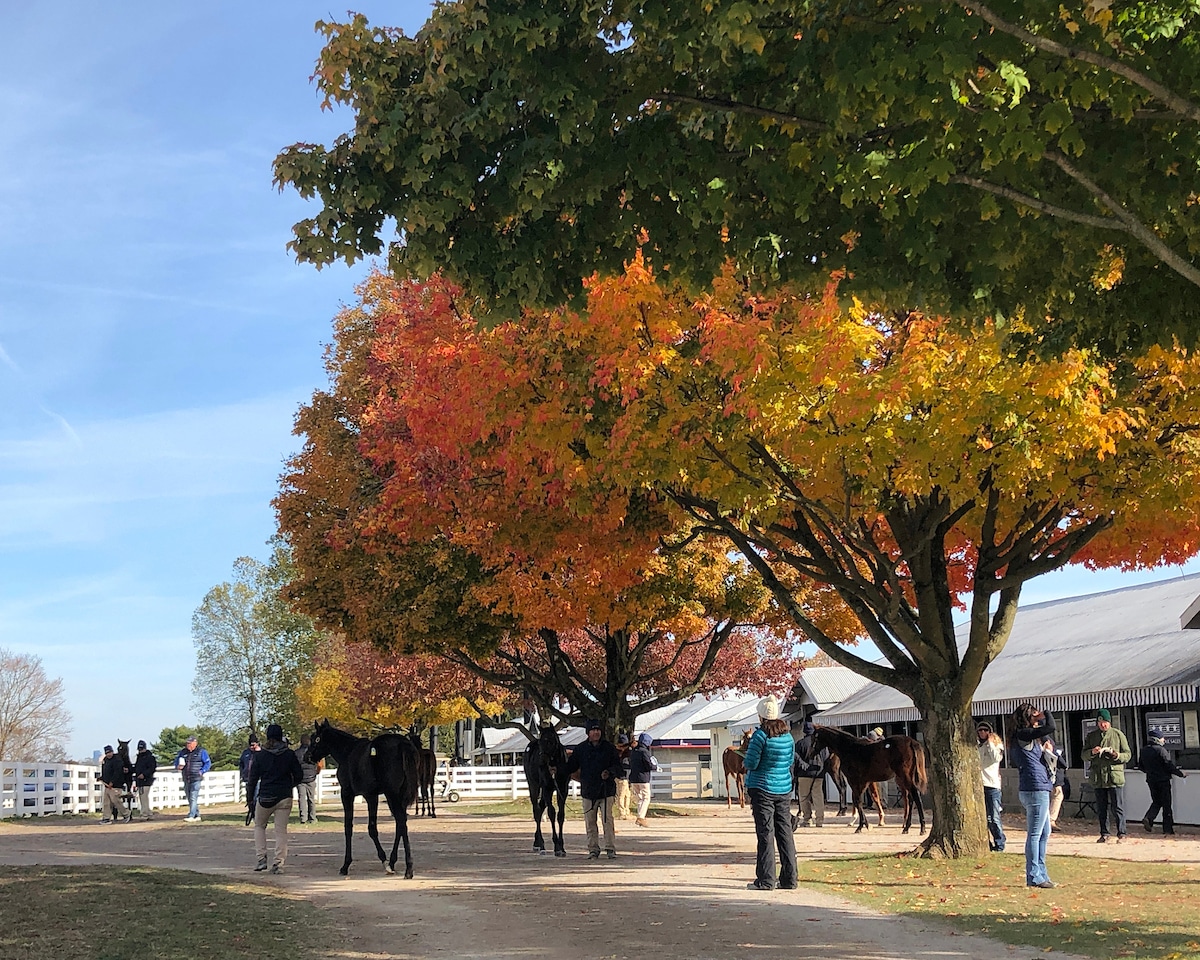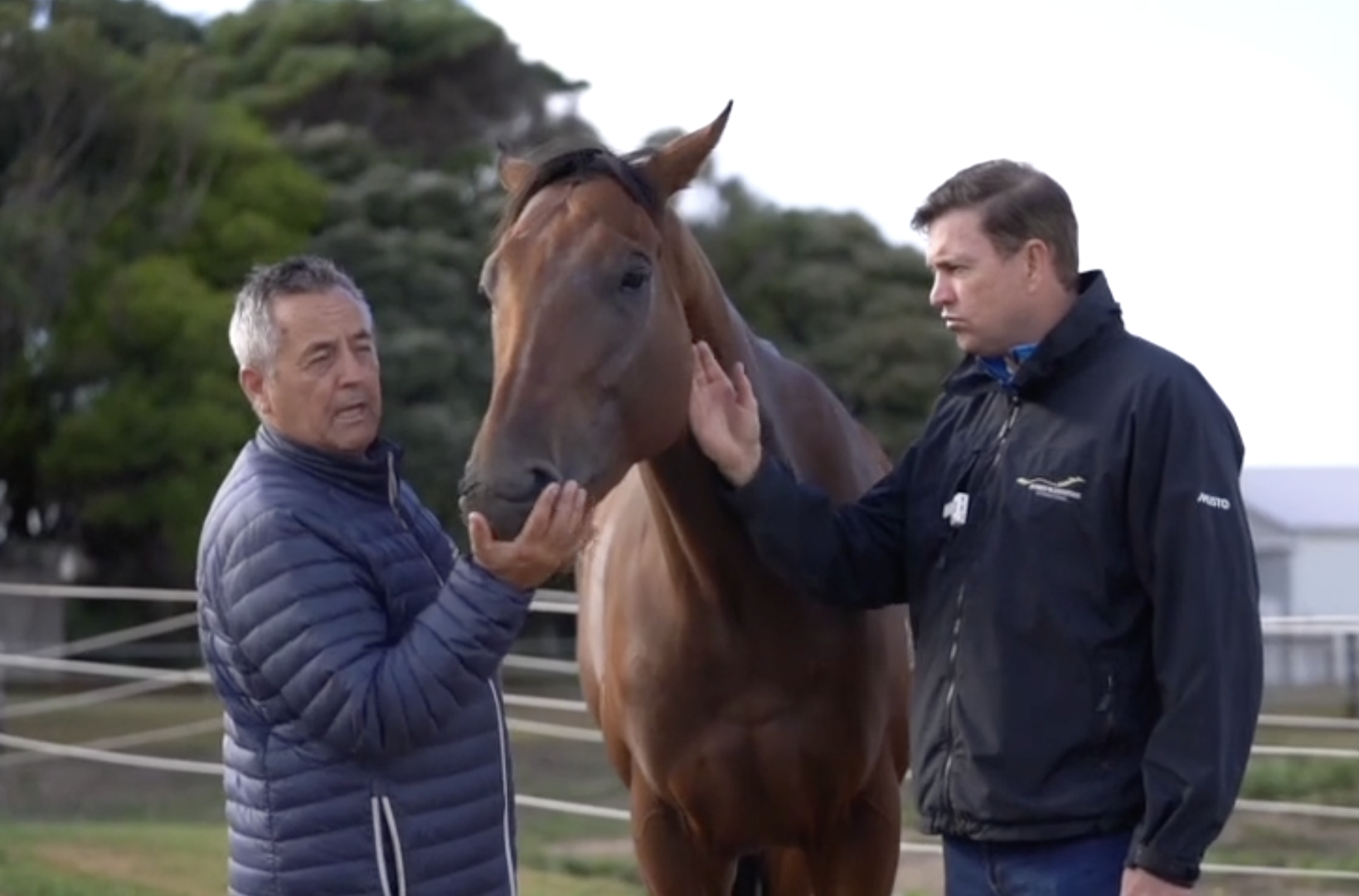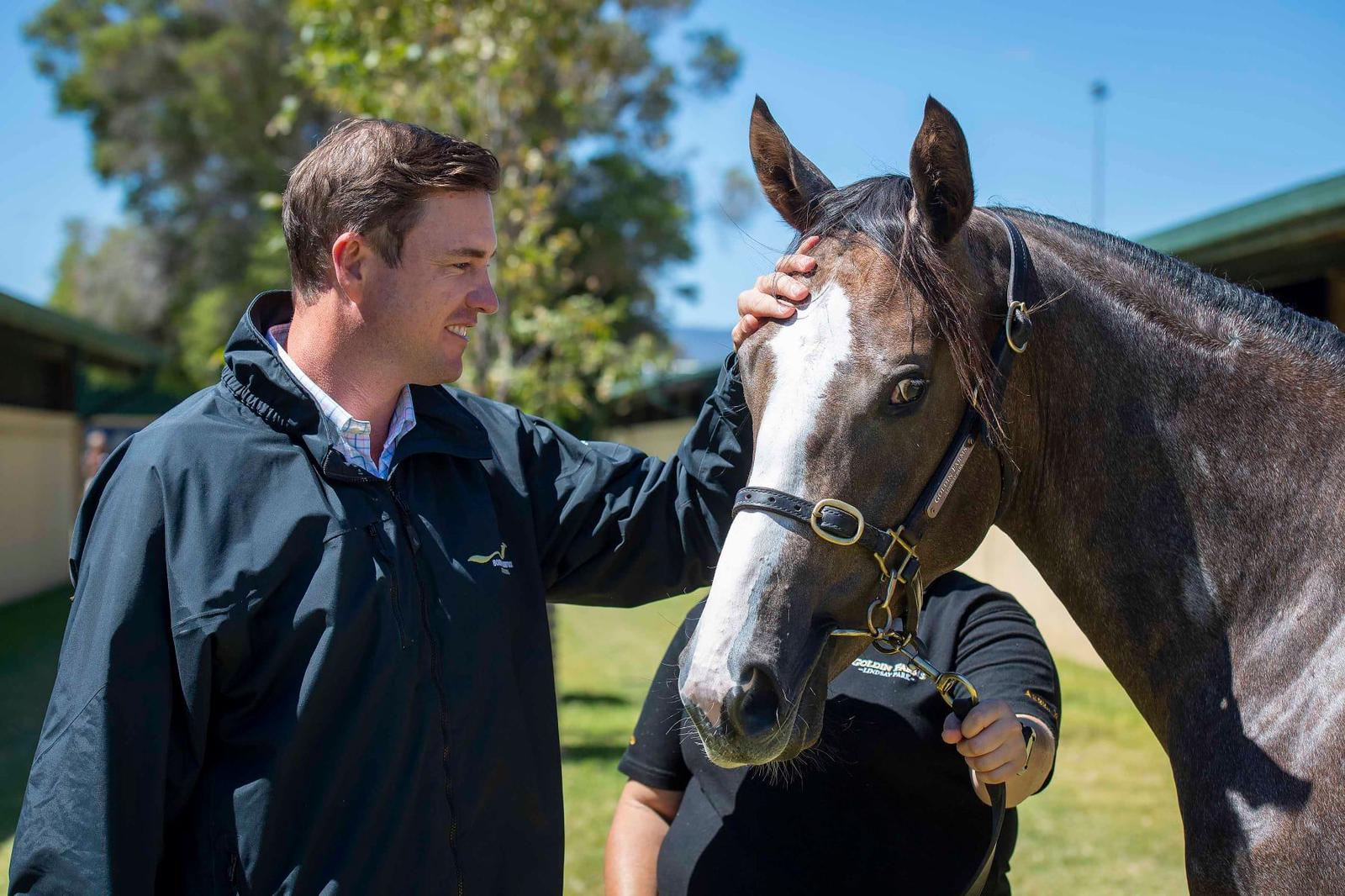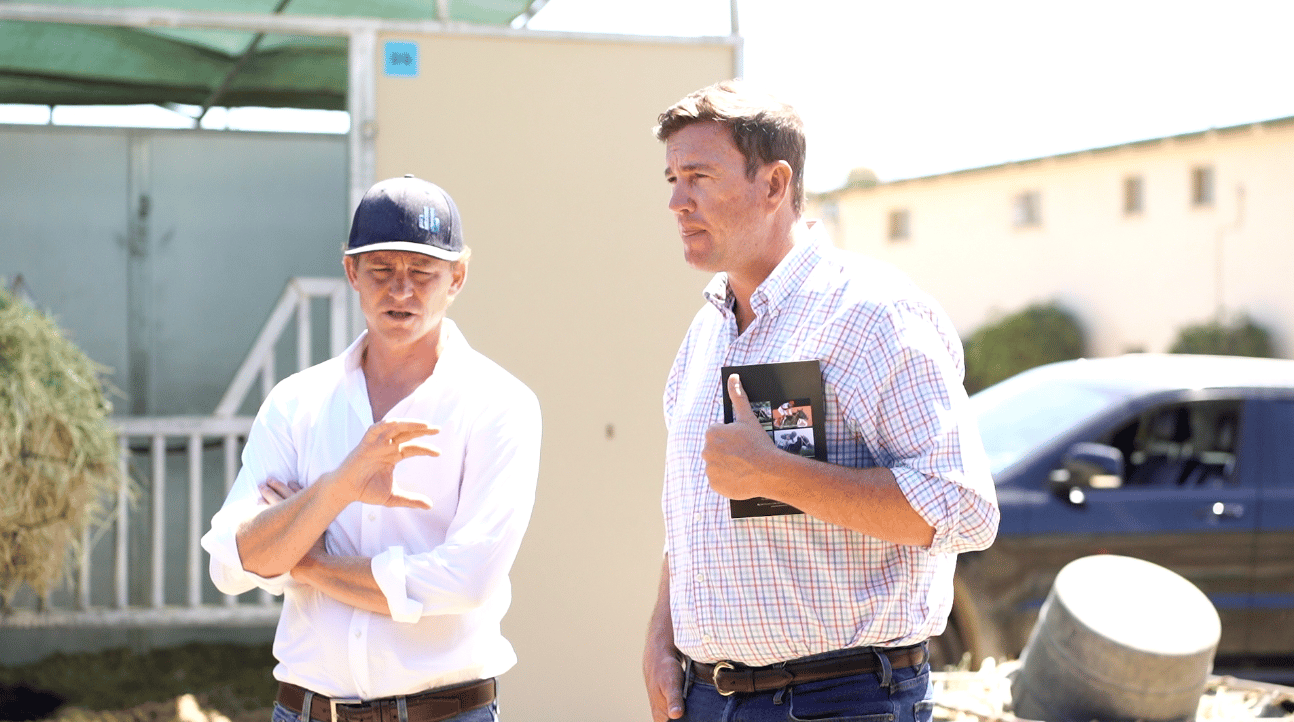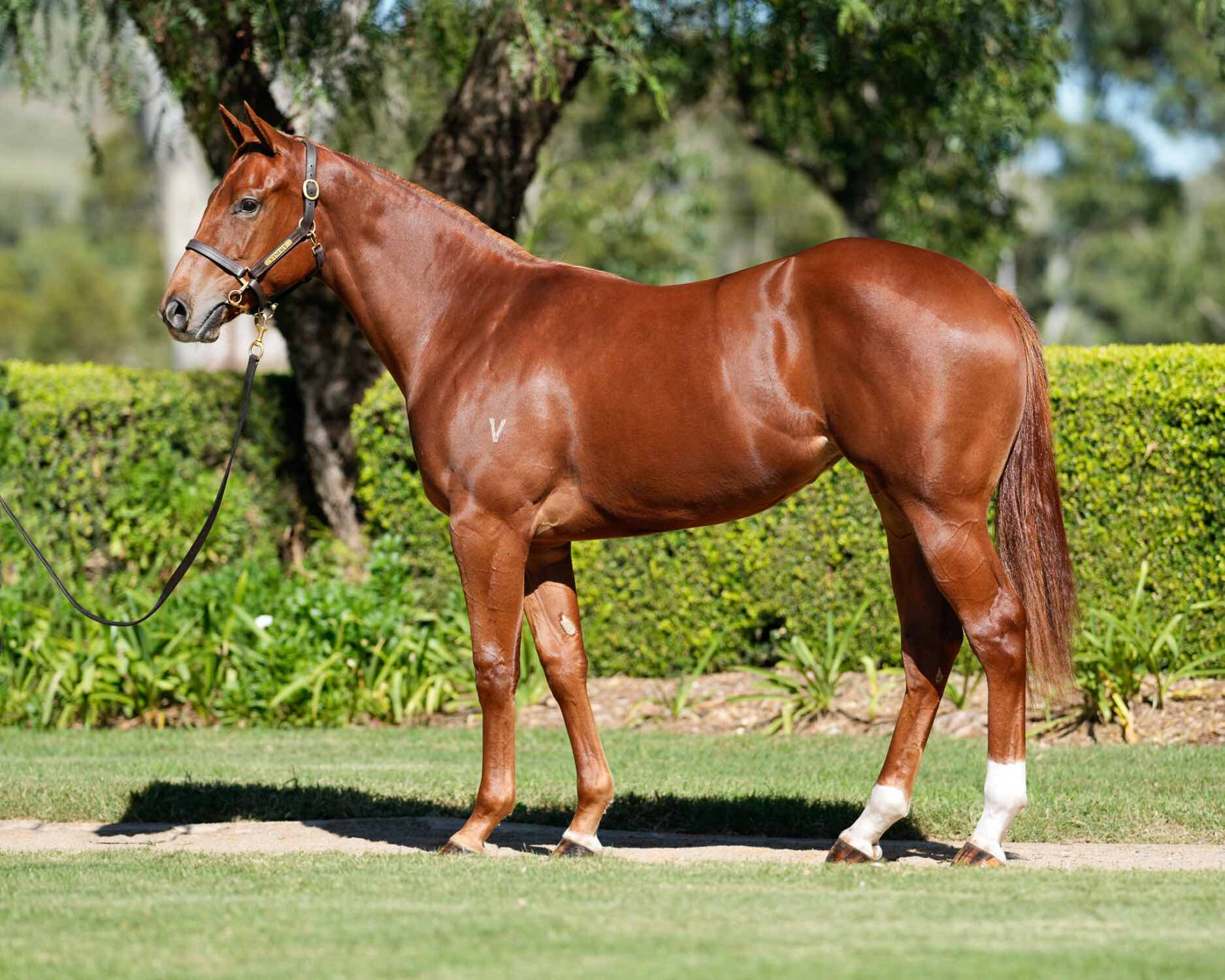• A horse’s hind leg is the lever that ensures maximum push from behind
• Conformation of a hind leg varies between turf and dirt horses
• Conformations to avoid include sickle hocks, straight behind, cow hocked and curbed hocks
Finding the right hind leg conformation
The conformation of the horse’s hind leg is very important, as this is the lever that ensures maximum push from behind.
The hind leg conformation is quite different in both turf and dirt horses, with dirt horses typically having a much straighter hind leg compared to the turf horse, which has more of an angle to it.
Some hind leg conformations I avoid are sickle hocks, straight behind, cow hocked and curbed hocks.
Sickle hocks are when the angle of the hock is decreased, so that the hind leg comes back under the horse. This conformation can lead to more pressure on the back of the hock, which can lead to curbed hocks.
A horse that is straight behind has little angle between the femur, tibia and the hock, which can place more pressure on the joint and lead to injury.
A horse that is cow hocked is too close at the hocks when viewed from behind as the toes point outwards and the hocks inwards. This results in an increased amount of pressure on the hocks, which increases the chance of injury and reduces the level of power a horse has when pushing off.
Ideally, I like to see a long femur, short strong gaskin and a strong hock.

